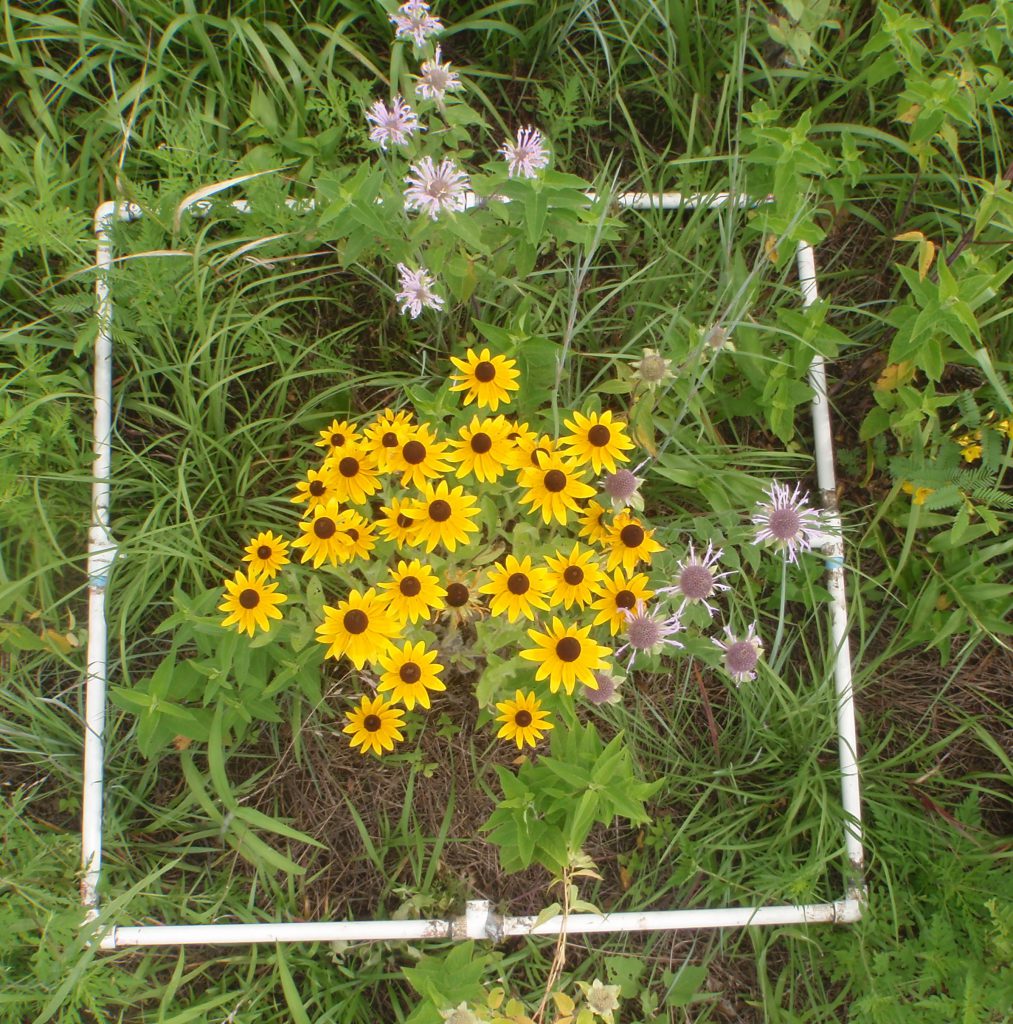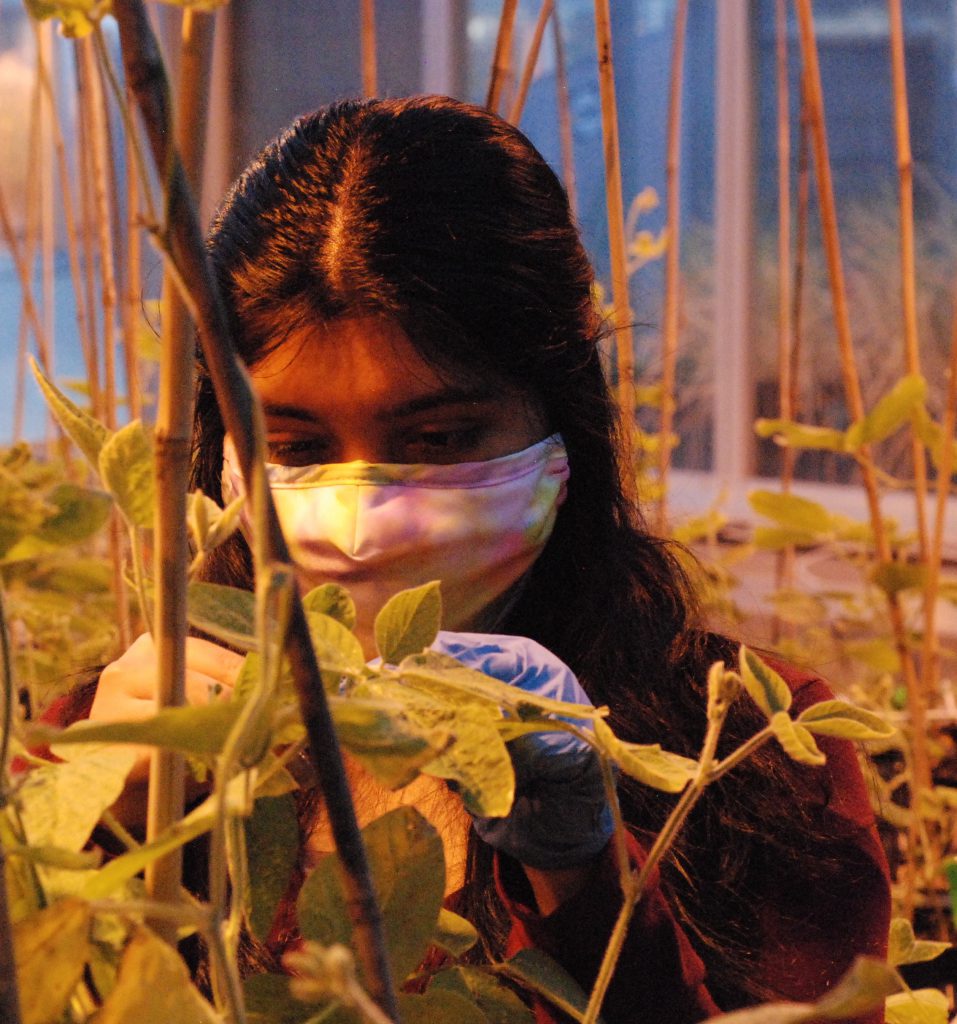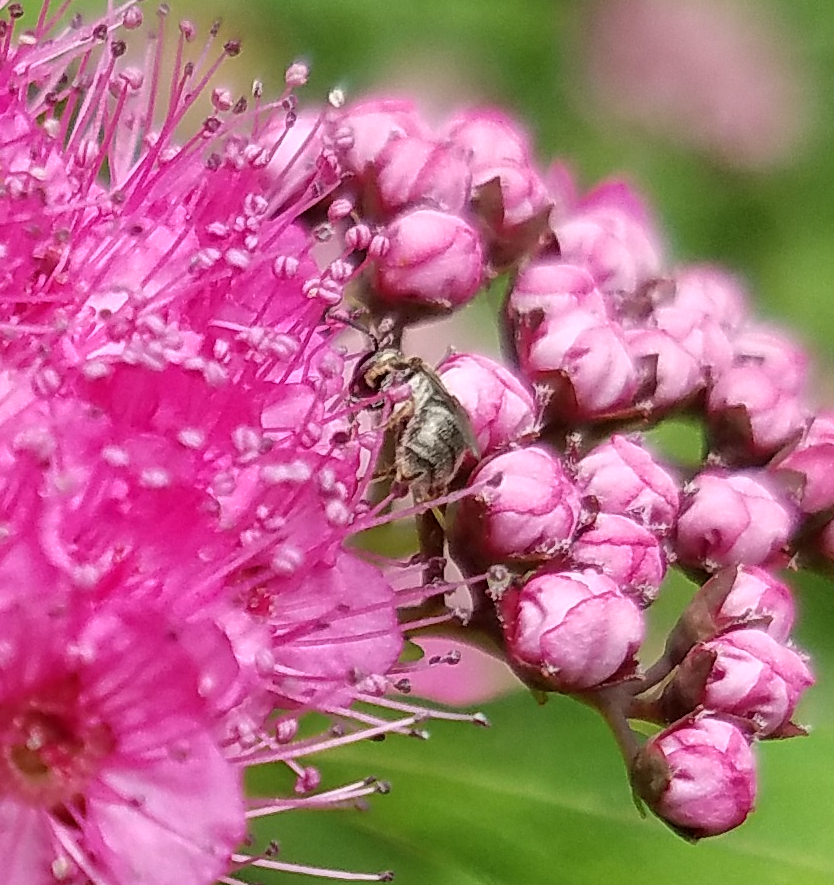Native bees are diverse and fascinating. Threatened by global change, they are necessary for the production of food and the persistence of plant life. I aim to better understand their ecology and to develop tactics to help them thrive. Along the way, I explore natural history, tinker with tools for measurement and estimation, and answer basic questions with immediate economic and conservation applications.

Quantifying biodiversity
What makes diversity estimates robust?
Studying how conservation actions affect biodiversity, I wrestle with which response variables to measure. Sampling artifacts can cloud the picture, especially for species richness… but some tools, including Hill diversity, help me think more clearly.
Jonathan Dushoff and Rachael Winfree help me do this, and our “Conceptual Guide to Measuring Biodiversity” came out in Oikos in early 2021. We discussed it at the Hakai Institute in April, 2021 (video). Now we’re focused on tools to assess confidence interval performance, especially for Hill diversity estimators.
I am always interested in working with other researchers to determine which biodiversity metrics might best suit their research system and study questions.

Soybean pollination
Does soybean yield depend on animal pollination?
Soybeans cover ~4% of the contiguous United States land surface, and the crop is worth >$32 Billion annually. Soybeans have been bred for millennia. And yet, it is unclear whether soybeans are pollinated by animals! In the EspíndoLab, I work with a team (including Katy Evans) to conduct pollination experiments to evaluate self-compatibility and the effects of supplemental pollination.
Better knowing the reproductive system of modern soybean varieties will make developing pollinator conservation strategies in row-crop agriculture much easier. Studies indicate that bee pollination substantially enhances soybean yield. We’re evaluating plant-side processes of soybean pollination ecology now, and returning to the pollinator side of the story shortly.

Foraging ecology of wild bees
What can bee-flower interactions and trap data teach us about wild bee ecology?
Interactions between bees and flowers, and records of bees flying into traps, can reveal foraging decisions and occurrence patterns. I work with collaborators in the EspíndoLab, Rachael Winfree’s lab, Dan Cariveau’s lab, Mark Genung’s lab, and elsewhere to explore bee flower preferences and occurrence patterns in the Mid-Atlantic region of the USA. We partner with NRCS, The Xerces Society, and USGS to apply our findings to pollinator conservation challenges.
We’re learning about patterns of rarity and conservation status, habitat associations, and fundamental patterns in bee life history.